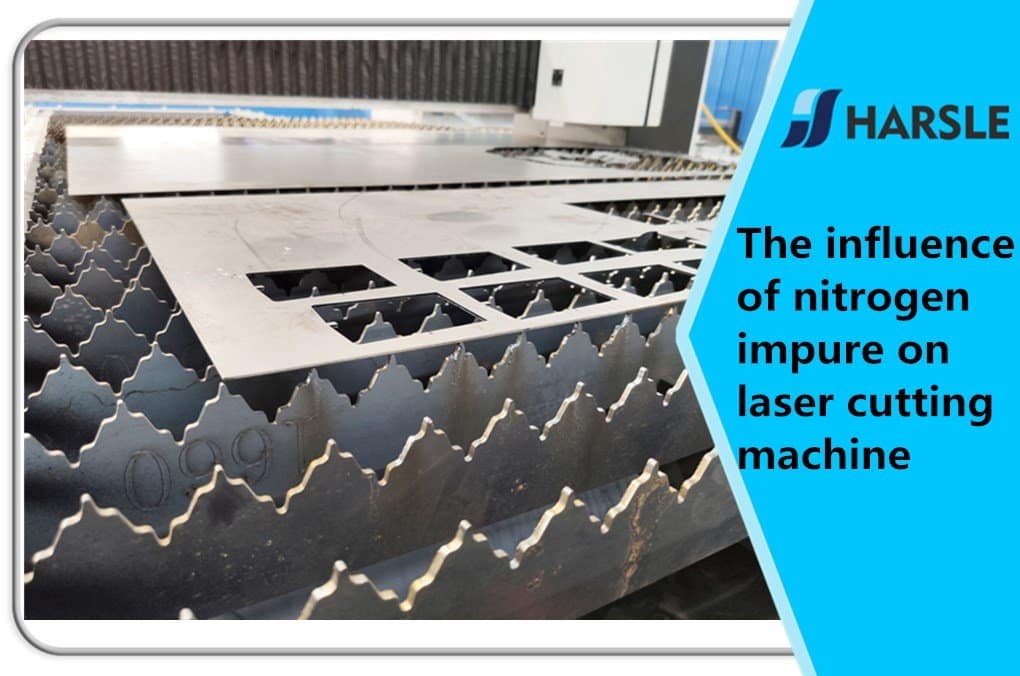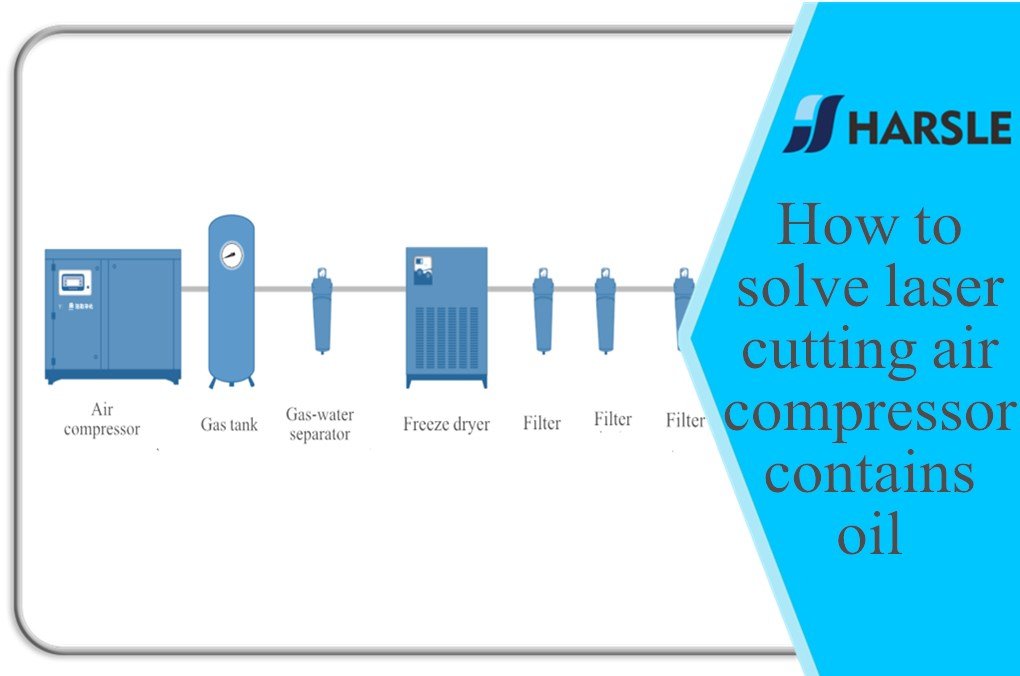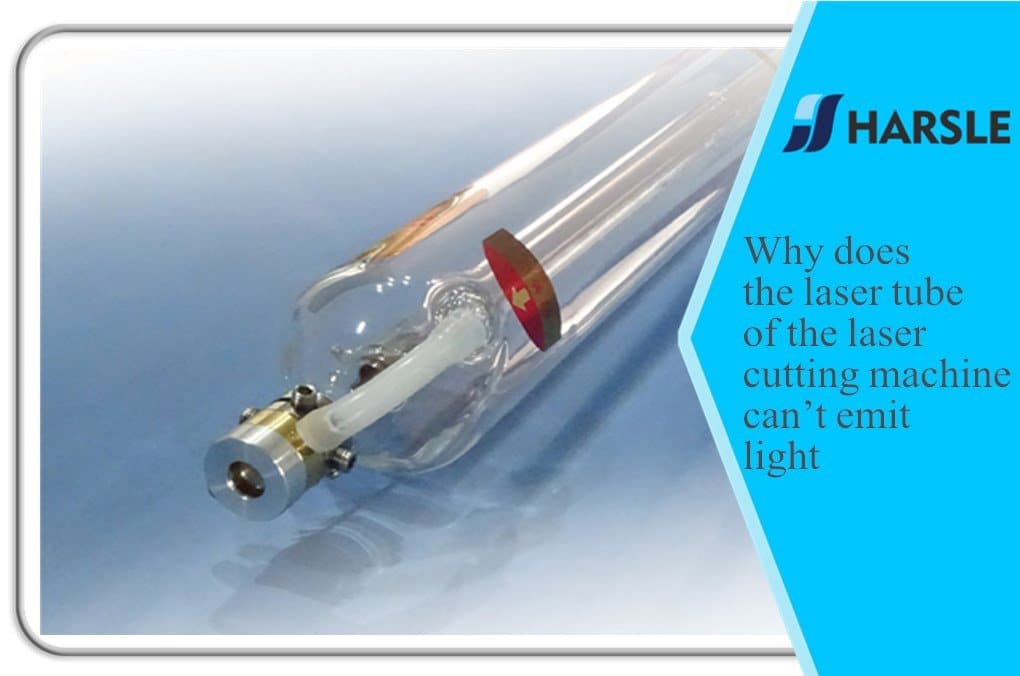레이저 절단기에 대한 불순한 질소의 영향

레이저 절단기의 질소 적용은 주로 스테인리스강 절단 시 보조 가스로 사용됩니다! 레이저 절단기에 대한 불순한 질소의 영향.
질소는 스테인레스 스틸의 보조 가스로 두 가지 기능이 있습니다.
1. 질소는 불활성 기체로 레이저 절단 시 산화 반응을 방지합니다. 스테인리스 제품 절단면의 금속광택(광택)을 유지합니다.
2. 레이저로 녹인 부분을 질소 압력으로 불어 절단 솔기를 형성하십시오!
일반적으로, 레이저 절단 질소에 대한 몇 가지 요구 사항이 있습니다.

청정
일반적으로 순도 요구 사항은 99.99%보다 높을수록 더 좋습니다! 그 이유는 스테인레스 스틸의 원래 금속 광택을 유지하기 위해 절단 스테인레스 스틸 절단 중 표면! 순도가 너무 낮으면 절단면이 생성됩니다. 산화 반응은 절단면의 황변 또는 흑화를 초래합니다. 질소 불순물의 영향
압력
압력은 절단된 스테인리스강의 두께에 따라 달라집니다. 일반적으로 10mm 미만의 1Mpa이면 충분합니다. 20mm 스테인리스강을 절단하려면 질소 압력이 일반적으로 2Mpa 이상입니다.
흐름
유량은 절단 노즐의 직경과 압력에 의해 결정됩니다. 물론 가장 큰 이유는 절단된 스테인리스 스틸의 두께 때문입니다. 후판 스테인리스라면 흐름이 매우 큽니다!
Nitrogen is a chemical element present in various forms and quantities in different materials and processes. Its influence can be both advantageous and detrimental, depending on the context. This comprehensive exploration delves into the multifaceted impact of nitrogen impurities, examining their effects on various materials, industries, and applications. From enhancing the strength of steel to contributing to environmental challenges, nitrogen impurities play a diverse and influential role in our world.
Section 1: Nitrogen in Metals and Alloys (200 words)
1.1 Strength Enhancement: Nitrogen impurities can strengthen steel and certain alloys, improving their mechanical properties and making them more robust and durable.
1.2 Corrosion Resistance: Nitrogen contributes to the corrosion resistance of stainless steels, prolonging their lifespan in harsh environments.
1.3 Weldability: However, excessive nitrogen impurities in steel can hinder weldability, leading to defects and reduced joint strength.
Section 2: Nitrogen in Semiconductors and Electronics (200 words)
2.1 Doping and Electrical Properties: In the semiconductor industry, nitrogen is intentionally introduced as a dopant to modify the electrical properties of materials, enabling the production of specialized electronic components.
2.2 Dielectric Materials: Nitrogen compounds find application in dielectric materials used for insulation and capacitance in electronic devices, contributing to their functionality.
2.3 Contamination and Defects: On the downside, unintentional nitrogen contamination in semiconductor manufacturing can result in defects and decreased device performance.
Section 3: Nitrogen in Environmental Science (200 words)
3.1 Eutrophication: Nitrogen impurities, often in the form of nitrates and ammonium, can lead to eutrophication when they enter water bodies. This excessive nutrient input can cause harmful algal blooms and oxygen depletion, disrupting aquatic ecosystems.
3.2 Air Pollution: Nitrogen oxides (NOx), released from combustion processes, contribute to air pollution, forming smog and adversely affecting air quality. These pollutants have direct health impacts on humans.
Section 4: Nitrogen in Chemical Reactions and Industries (200 words)
4.1 Inert Atmosphere: Nitrogen gas is a commonly used inert atmosphere in chemical reactions to prevent undesired reactions and protect sensitive materials from oxidation.
4.2 Nitrogen Blanketing: In food packaging and storage, nitrogen is employed to create a nitrogen-rich environment inside packaging, extending the shelf life of products by reducing oxidative spoilage.
Section 5: Nitrogen in Biological Systems and Health (200 words)
5.1 Nitrogen Fixation: Nitrogen impurities play a critical role in agriculture. Nitrogen-fixing bacteria convert atmospheric nitrogen into ammonia, enriching the soil with nitrogen nutrients essential for plant growth.
5.2 Health Implications: Nitrogen impurities in the form of nitrates and nitrites can be found in food and water. In excessive quantities, they pose health risks, particularly to infants, with potential links to conditions like methemoglobinemia.
Section 6: Managing Nitrogen Impurities (100 words)
6.1 Control and Regulation: Proper management and control of nitrogen impurities are essential to harness their benefits while mitigating adverse effects. Regulations on nitrogen emissions in industries and agricultural practices aim to minimize environmental impact.
Conclusion (150 words)
Nitrogen impurities exert a multifaceted influence on materials, industries, and the environment. While they can enhance the strength of metals, improve electronic properties, and support agricultural productivity, nitrogen impurities also contribute to challenges such as eutrophication, air pollution, and health concerns. Managing and regulating the presence of nitrogen impurities are crucial steps toward leveraging their advantages while addressing their potential drawbacks. Understanding the intricate balance of nitrogen’s influence across various sectors is essential for responsible and sustainable practices in our interconnected world.
influence of nitrogen impure influence of nitrogen impure influence of nitrogen impure influence of nitrogen impure influence of nitrogen impure influence of nitrogen impure influence of nitrogen impure











